Only logged in customers who have purchased this product may leave a review.
Fruiting Tropical Mulberry
Plant Size: 1m
Location: Choose a sunny location for your mulberry tree. It prefers full sun to thrive and produce abundant fruit. Ensure that the tree receives at least 6-8 hours of direct sunlight each day.
Soil: Mulberries prefer well-draining soil with a slightly acidic to neutral pH (pH 6.0 to 7.0). You can amend the soil with compost to improve its texture and fertility.
Watering: Keep the soil consistently moist but not waterlogged. Water deeply and thoroughly, especially during the growing season. Mulberries have a shallow root system, so mulching around the base of the tree will help retain moisture and suppress weed growth.
Fertilization: Fertilize your mulberry tree annually in the early spring, just before new growth begins. You can use a balanced, slow-release fertilizer or a fertilizer specifically formulated for fruit trees. Follow the manufacturer’s instructions for application rates.
Pruning: Pruning is important to maintain the health and shape of the tree. Remove any dead or diseased branches, as well as any crossing branches that may impede air circulation. Pruning can also help manage the size of the tree and encourage better fruit production.
Mulberry Varieties: There are different species and varieties of mulberries, each with its own characteristics and growth habits. Some popular types include Morus alba (White Mulberry), Morus nigra (Black Mulberry), and Morus rubra (Red Mulberry). Make sure you choose a variety that is well-suited to your climate and growing conditions.
Pest and Disease Management: Keep an eye out for common pests such as aphids, whiteflies, and scale insects. Regularly inspect your tree for signs of infestations and treat them promptly with insecticidal soap or neem oil. Mulberries are generally resistant to many diseases, but proper care and hygiene can help prevent issues.
Harvesting: Mulberries are typically ready to harvest in late spring to early summer, depending on the variety and climate. The berries will change color from green to their respective color (white, black, or red) and become soft and juicy. Gently pick the ripe berries by hand, being careful not to damage the branches.
Winter Care: Mulberries are generally hardy, but some varieties may be more susceptible to cold temperatures. If you live in a colder climate, consider providing winter protection by covering the base of the tree with mulch and wrapping the trunk with burlap during the winter months.
Spacing: When planting multiple mulberry trees, make sure to space them adequately to allow for proper air circulation and sunlight exposure. The specific spacing will depend on the variety and growth habits of the trees.
Remember that specific care requirements may vary depending on the exact species and variety of fruiting tropical mulberry you have. Always research the specific needs of your particular tree to ensure its health and successful fruit production.
$60.00 $65.40 (Including GST)
Out of stock







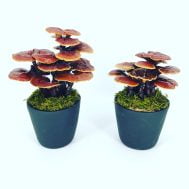


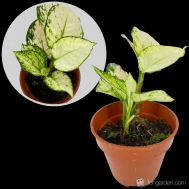
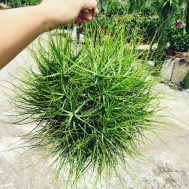
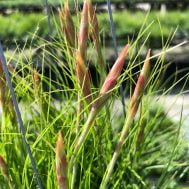
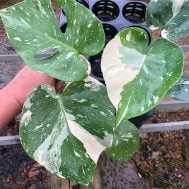

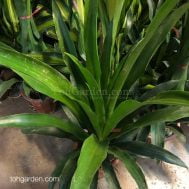
Reviews
There are no reviews yet.